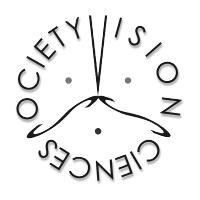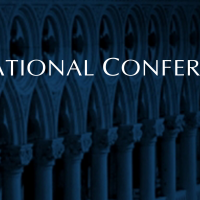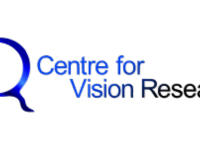Visit from University of Koblenz Team Homer
On June 26th, the lab hosted six visitors from Team Homer from the University of Koblenz! Team Homer is part of the Active Vision research group (AGAS, http://agas.uni-koblenz.de) at the Institute of Computational Visualistics of the University of Koblenz-Landau. It was a great day where we heard about their recent victory in the RoboCup @Home […]
Read More

